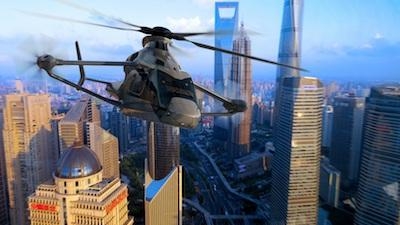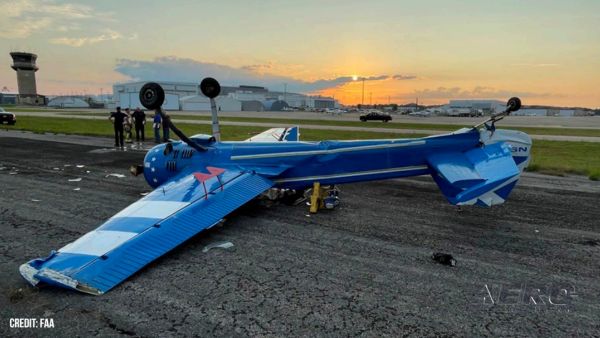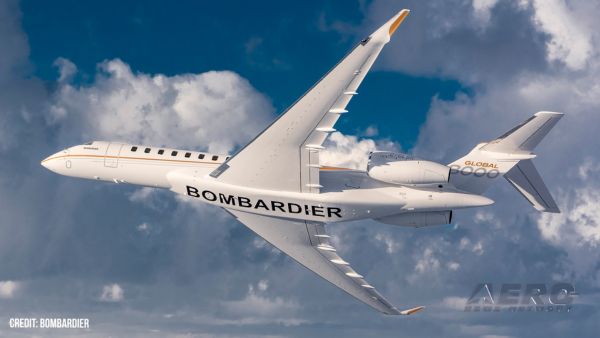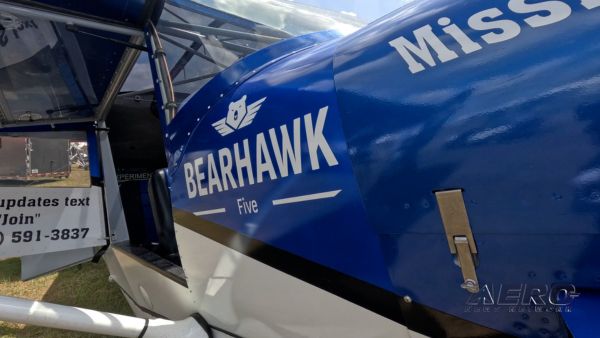Wed, Jun 21, 2017
Project Developed In The Frame Of Clean Sky 2 Research Program
Airbus Helicopters has unveiled the aerodynamic configuration of the high speed demonstrator it is developing as part of the Clean Sky 2 European research program at the Paris air show. Codenamed Racer, for Rapid And Cost-Effective Rotorcraft, this demonstrator will incorporate a host of innovative features and will be optimised for a cruise speed of more than 400 km/h. It will aim at achieving the best trade-off between speed, cost-efficiency, sustainability and mission performance. Final assembly of the demonstrator is expected to start in 2019, with a first flight the next year.

“Today we unveil our bold vision for the future of high-speed rotorcraft,” said Guillaume Faury, Airbus Helicopters CEO. “This new project, pulling together the skills and know-how of dozens of European partners through the Clean Sky 2 initiative, aims to bring increased speed and range at the right cost, thanks to a simple, safe and proven aerodynamic formula. It will pave the way for new time-sensitive services for 2030 and beyond, setting new benchmarks for high-speed helicopter transportation. ”The Racer demonstrator will be built around a simple architecture, ensuring safety and cost-efficiency. An innovative “box-wing” design, optimised for aerodynamic efficiency, will provide lift in cruise mode while isolating passengers during ground operations from the “pusher” lateral rotors designed to generate thrust in forward flight.
Optimised for performance and low acoustic signature, these lateral rotors as well as the main rotor will be driven by two RTM322 engines. An “eco mode” will be tested by the engine manufacturer to demonstrate an electrically-powered “start and stop” of one engine in flight, thus generating fuel savings and increasing range. The Racer demonstrator will also benefit from a hybrid metallic-composite airframe, specifically designed for low weight and low recurring costs. It will also be equipped with a new high voltage direct current electrical generation, which will significantly contribute to weight reduction.
Building upon the success of the self-funded X3 demonstrator, which validated the “compound” aerodynamic configuration – a combination of a traditional main rotor and innovative lateral rotors – the Racer project will bring this concept closer to an operational design and demonstrate its suitability for a wide spectrum of missions where increased speed and efficiency will bring significant added value for citizens and operators. This is especially the case for emergency medical services and search and rescue operations, as well as for public services, commercial air transport and private and business aviation.
(Image provided with Airbus Helicopters news release)
More News
Search And Rescue A service which seeks missing aircraft and assists those found to be in need of assistance. It is a cooperative effort using the facilities and services of availa>[...]
Aero Linx: European Association of Aviation Training and Educational Organisations (EATEO) The mission of EATEO is to provide a common forum for European aviation training and avia>[...]
From 2016 (YouTube Edition): Fly Along With Chief Pilot Hissem… Goodyear’s Wingfoot One Zeppelin is not the blimp (Navy slang, “Poopy Bag”) that you have k>[...]
Also: Blackhawk’s Replacement, Supersonic Flight, Archer 1Q/25, Long-Range VTOL Program U.S. Secretary of Transportation Sean P. Duffy released an update on progress being ma>[...]
From 2015 (YouTube Edition): The Airframes Displayed At AUVSI 2015 Were Quite Innovative It’s common to visualize a small vertical lift UAV as having 4 to 6 propellers, it&rs>[...]
 ANN's Daily Aero-Term (05.24.25): Search And Rescue
ANN's Daily Aero-Term (05.24.25): Search And Rescue ANN's Daily Aero-Linx (05.24.25)
ANN's Daily Aero-Linx (05.24.25) Classic Aero-TV: Goodyear's Wingfoot One - What it Takes to Tour in a Zeppelin
Classic Aero-TV: Goodyear's Wingfoot One - What it Takes to Tour in a Zeppelin Airborne-NextGen 05.20.25: Drone Regs, Zero-Emission Cargo, Door-Dash Drone
Airborne-NextGen 05.20.25: Drone Regs, Zero-Emission Cargo, Door-Dash Drone Classic Aero-TV: Efficient Versatility -- NASA GL-10 Greased Lightning
Classic Aero-TV: Efficient Versatility -- NASA GL-10 Greased Lightning



